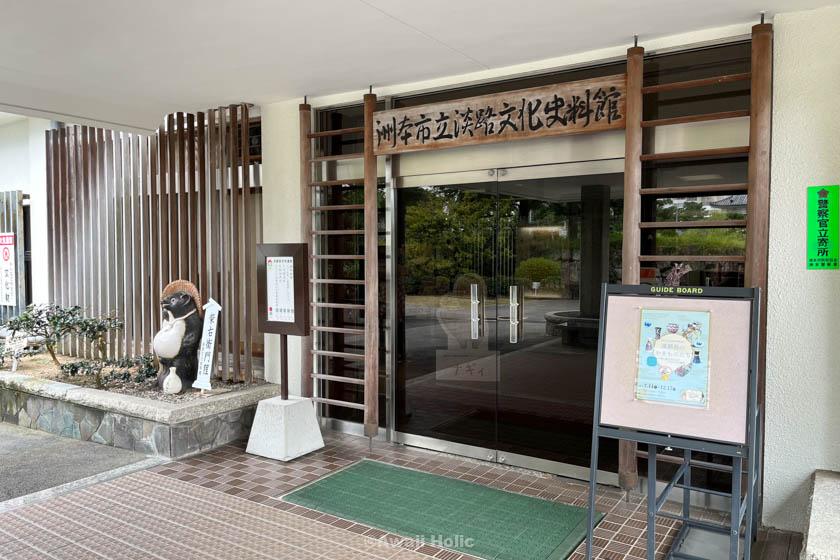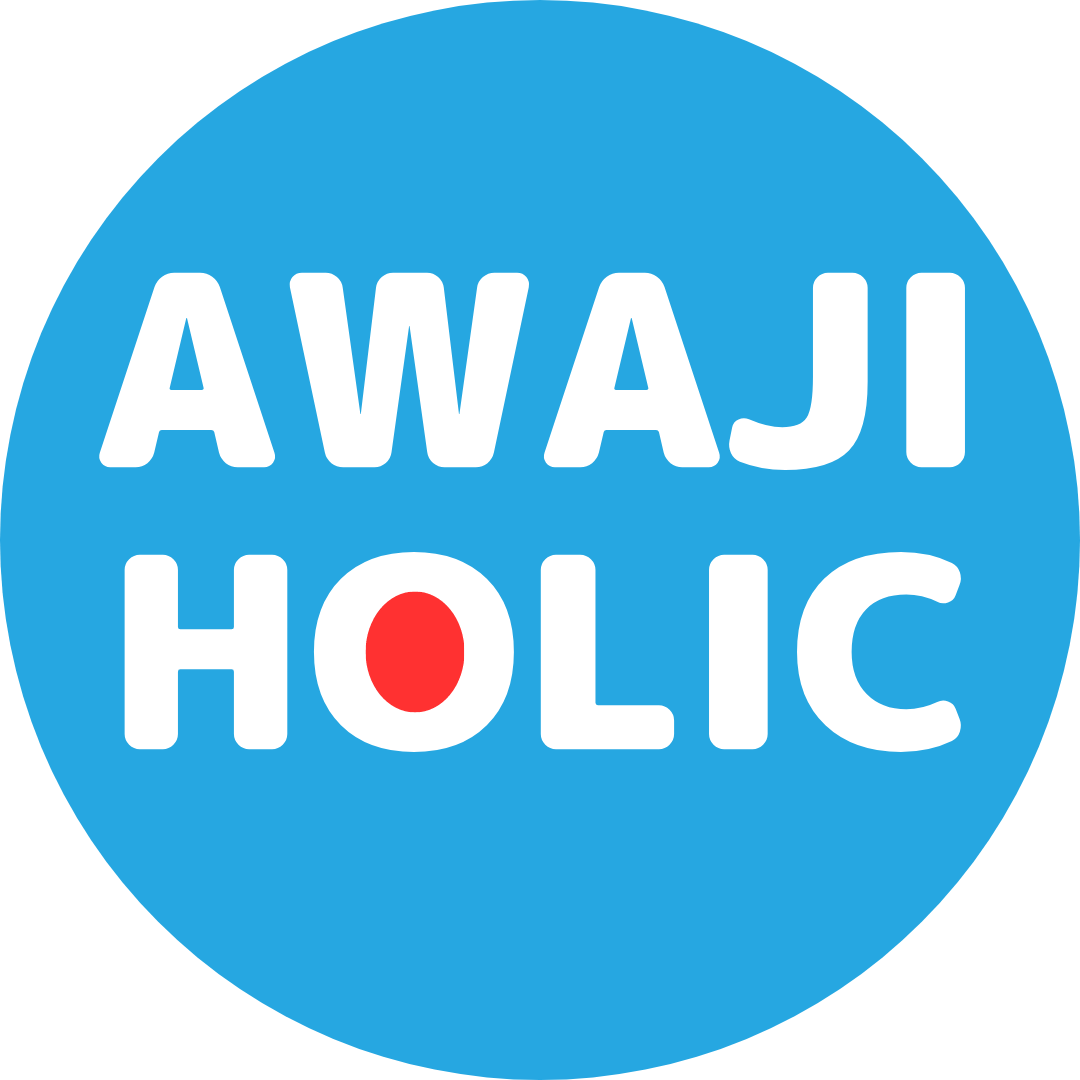Awajishima Museum is an archive that gathers together the history and culture of Awaji Island. It is a recommended tourist spot for first-time visitors to Awaji Island and those who want to learn about the history and culture of the island in combination with Awaji's gourmet food and theme parks.
In this article, we will introduce the charms of Awajishima Museum as well as the key points of sightseeing that we experienced during our actual visit.
Contents
Awajishima Museum Tourist Information Center

The only archives where you can learn widely from the creation of the national land to the Showa period.
There are museums and archives on Awaji Island that record and exhibit the history and culture of each region, but Awajishima Museum is probably the only facility that collects the history and culture of the entire Awaji Island.
Of particular note are the exhibits from ancient times to the early modern period. Visitors can see valuable materials that are not easily found anywhere else but Awajishima Museum.
Exhibits at Awajishima Museum
Awajishima Museum's first floor large exhibition room introduces Awaji Ningyo Joruri, which is recognized as an Important Intangible Folk Cultural Property of Japan. Visitors can experience a simulated performance of ningyo joruri on a reconstructed stage, featuring traditional items such as doll heads, a tayu's viewing stand, and a shamisen (a three-stringed Japanese musical instrument).
For authentic Awaji ningyo joruri, visit the Awaji Ningyoza, and for more information on Awaji ningyo joruri, we recommend that you also visit the Awaji Ningyo Joruri Museum.
Introduction to the Awaji Ningyoza (in preparation)
Introduction to the Awaji Ningyo Joruri Museum
There is also an exhibit of "danjiri," the floats that are pulled and paraded during festivals. On display here are a boat danjiri from the Funagata Danjiri and a futon danjiri from the Hikiki Danjiri. Both can still be seen today during festivals.
For those who want to learn more about danjiri, Awaji City Hokudan History and Folklore Museum is recommended. You can see detailed materials related to danjiri.
Introduction to Awaji City Hokudan History and Folklore Museum
Next to the large exhibition hall on the first floor is the History Exhibition Room. Here, visitors can see the history from the primitive to modern periods with various materials such as excavated artifacts, metal artifacts, documents, models, and photo panels.
Visitors can see a mirror closely related to Himiko, the queen of the evil country, one of the oldest iron treasure towers in Japan, letters from Hideyoshi Hashiba and Mitsunari Ishida, who are well known to everyone in Japanese history, items related to the Tokushima domain lords and Sumoto Castle, and materials about the castle town of Sumoto.
As for the Meiji and Showa eras, you can learn about the state of Awaji Island in those days from postcards and Awaji Railroad materials.
In the art exhibition room on the second floor, you will find Awaji's famous pottery "Minpeiyaki Minpeiyaki," materials related to Sumoto's famous writer "Iwano Awaminae," and works by artists from Awaji Island. Next to the museum are displayed tools and ema (votive picture tablet) related to the sea and fishing industry, old farming tools, and tools used by ordinary people in their daily lives.
Jikihara Gyokusei Memorial Museum on the third floor exhibits the works of Gyokusei Jikihara, a leading Japanese modern nanga painter from Sumoto City. In Minami-Awaji City, next to Sumoto City, there is Gyokusei Museum, the first museum of modern nanga in Japan, which is also recommended for those interested in nanga, ink-based paintings.
Introduction to Gyokusei Museum
Awajishima Museum Basic Information
| Name | Awajishima Museum |
| Address | 1-1-27 Yamate, Sumoto City, Hyogo Prefecture |
| Phone | 0799-24-3331 |
| Official WEB | https://awajishimamuseum.com/ |
| Opening hours | 09:00-17:00 (last admission at 16:30) |
| Closed | Mondays When Monday is a national holiday, the museum is closed on the following weekday. Closed during the year-end and New Year holidays: 12/28 - 1/4. |
| Admission | Adults 500 yen, High school and university students 300 yen, Elementary and junior high school students 150 yen |
| Parking | Yes |
| Parking fee | Free |
| Access | Public Transportation: 10 min. walk from Sumoto (Express) Bus Center By car: 15 min. drive from Sumoto IC. |

